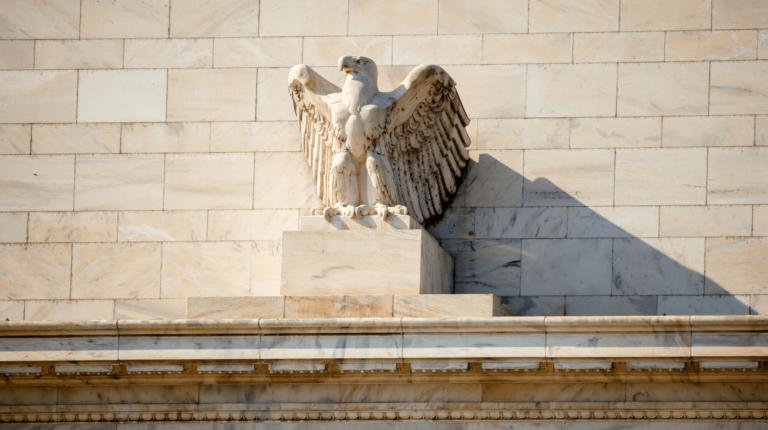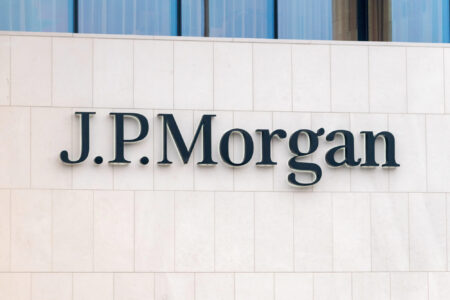Creating an official digital version of the U.S. dollar could provide Americans with more and faster payment options, but would also pose financial stability risks and privacy concerns, the Federal Reserve said in a long-awaited discussion paper.
Cash is currently the only central bank money available to the general public, and it remains an important and popular form of payment. The Federal Reserve is committed to ensuring the continued safety and availability of cash, he said. It is considering a central bank digital currency (CBDC) as an extension of secure payment options, not to limit or replace them, he said.
Public invited
The Federal Reserve Board has released a discussion paper examining the pros and cons of a possible central bank digital currency (CBDC). It invites public comment and is the first step in a discussion about whether and how a CBDC could improve the domestic payments system. The paper does not advocate for a specific policy outcome but would like to see Congress mandate it.
"We look forward to working with the public, elected officials, and a broad range of stakeholders as we explore the pros and cons of a central bank digital currency in the United States."-Jerome H. Powell, Federal Reserve Chairman
The long-awaited paper summarizes the current state of the domestic payments system and discusses the various types of digital payment methods and assets that have emerged in recent years, including stablecoins and other cryptocurrencies. Finally, it examines the potential benefits and risks of a CBDC and offers specific policy considerations.
Difference from current forms of digital money
Consumers and businesses have long been able to hold, transfer, and spend money in digital form. Numerous bank accounts, online facilities, or payment apps ensure this. However, the forms of money used in these transactions are liabilities of private entities, such as commercial banks. In contrast, a CBDC would be the liability of a central bank, such as the Federal Reserve.
While a CBDC could provide a secure, digital payment option for households and businesses and lead to faster payment options between countries, there are arguably drawbacks. These include how to ensure that a CBDC preserves monetary and financial stability and complements existing means of payment, according to the Fed.
Privacy only with cash
Other important policy considerations include preserving the privacy of citizens and maintaining the ability to combat illicit financial flows. These and other factors are discussed in more detail in the paper. Indeed, in this respect, a CBDC differs substantially from cash, which allows anonymous transactions. While central banks cannot prevent cash from being used for illicit purposes, it is very difficult for a CBDC to function in a privacy-friendly manner. Any financial transactions, after all, are in a central location and available for analysis for a lifetime.
According to the Federal Reserve, a CBDC would generate data on users' financial transactions in the same way that commercial banks and businesses do today. Under the CBDC model being considered by the Federal Reserve, these same intermediaries would address privacy concerns by using existing tools. The private sector would offer accounts or digital wallets to facilitate the management of CBDC holdings and payments. This would allow existing systems to be used without adding more authority to the central bank.




